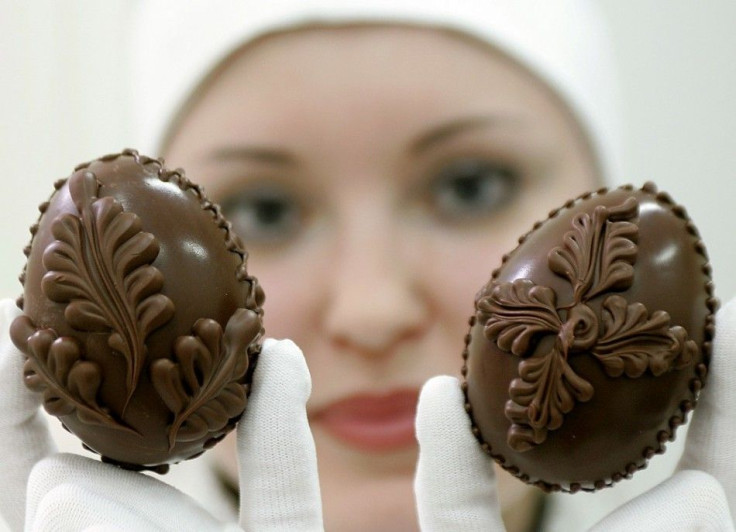Easter 2016: 5 things to know about Easter traditions

While Easter Sunday is generally a religious tradition, commemorated as part of Holy Week, a lot of non-Christians worldwide are also celebrating the holiday in their own way.
However, most are still clueless on what Easter is all about, and the customs and traditions that go with it. Here are some things to know about Easter:
Easter: Defined
Christians celebrate Easter Sunday, which signals the end of Lent, a 40-day period of fasting, repentance and spiritual discipline, according to About Religion. They believe that on this day, Jesus Christ came back to life three days after dying on the cross. His death, burial and resurrection hold significant meaning for Christians, as they believe this signifies that Jesus saved mankind from their sins and ushered those who believe in him to eternal life.
[READ: Why Easter Date Changes Every Year: Origin, History of Resurrection of Christ Holiday]
Easter eggs
Dyeing and decorating eggs has become an Easter tradition that is also believed to have started as early as the 13th century. Pagans believe that the egg is an ancient symbol of new life, according to History.com. Christians, on the other hand, say that Easter eggs symbolise Jesus’ rising and resurrection. Easter egg hunts are a popular game among children across the globe, where they look for decorated eggs hidden in various parts of a location and get a prize when they find one.
Easter bunny
Another prominent symbol of Easter is the Easter bunny. Its practice is also not written in the Bible, and its origins are still unknown. Some sources point out that rabbits are used because they are traditionally known to represent fertility because of their energetic breeding nature, according to Time. It’s not always rabbits, however. In some countries, they use other types of animals to distinguish the holiday, such as foxes and cuckoo birds. In Australia, because rabbits are considered as pests, they use bilbies – rabbit-sized marsupials with large ears and long, pointed noses – to identify Easter.
Easter candy
History.com reports that Easter is the second best-selling candy holiday in the US after Halloween. Most candies served and distributed during Easter are egg-shaped, in relation to the symbolical Easter egg. As such, candies such as chocolate eggs and jelly beans are popular during this time. More than 16 billion jelly beans are made in the U.S. each year for Easter, according to the National Confectioners Association.
Easter ham
Thanksgiving has turkey, while Easter dinners have ham. Similar to other Easter traditions, the tradition of serving roast ham during this time is clouded in mystery. Some sources claim that this is a Christian custom, while others refute and say it is actually a pagan practice. Ham are said to symbolise great joy and abundance of Easter, according to Erie County Byzantines. Apart from ham, some families also serve lamb or veal, which may represent the fattened calf that was prepared for the Prodigal Son in the Bible.





















